
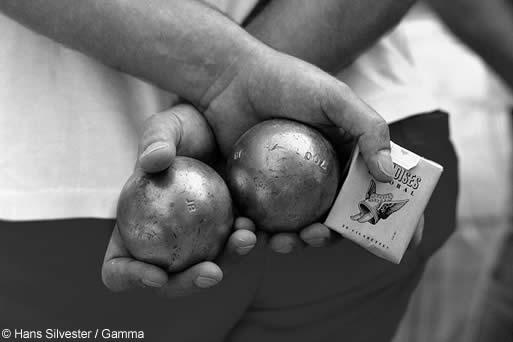
« Pétanque » is a word that rings out like the cicadas and the clinking of pastis glasses, indissociable from Marcel Pagnol's Provence!
Just sit down at a café and you'll probably hear a voice sing out from the pitch "tu tires ou tu pointes?" (do you drive or you draw?) or watch the memorable scene from the film "Fanny" by Pagnol , when the boules players stop a tramway to be able to finish their game. From the tram car, the Parisians watch the spectacle, dumbfounded by the audacity of the people of Marseille.
Little by little, tourists discovered pétanque in the shade of the Sycamores and got caught up in the game. That's how this "relaxing sport", as some would call it, reached the towns of the north and in no time at all fired up the most biased!
Although this sport is not suited to the pavement and asphalt of the Capital, the boulists never give up and will challenge each other on the smallest piece of available turf.
This blazing passion even resulted in a prohibition by a prefect of the police called Papon – but he did not have time to enforce it before the streets began to rumble and, fearing an uprising, he revoked his decision. It was a national victory and enthusiasm for this new game spilled over the borders.
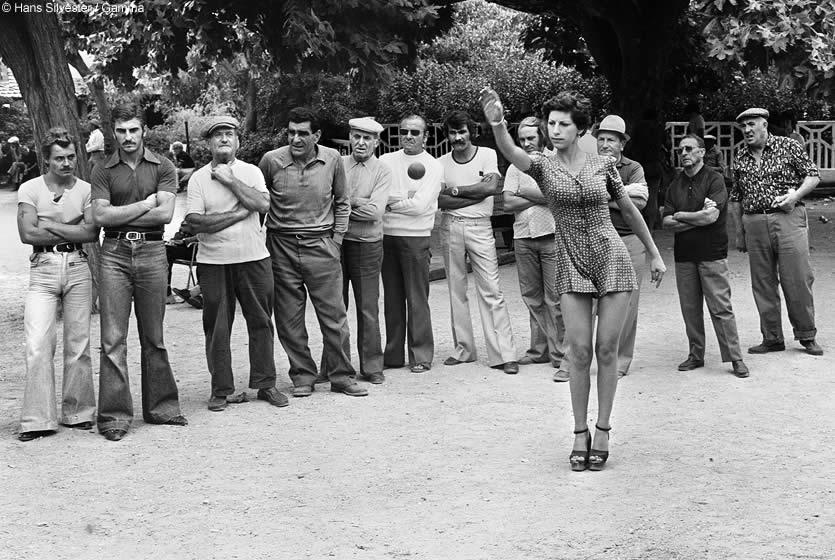
When women play pétanque
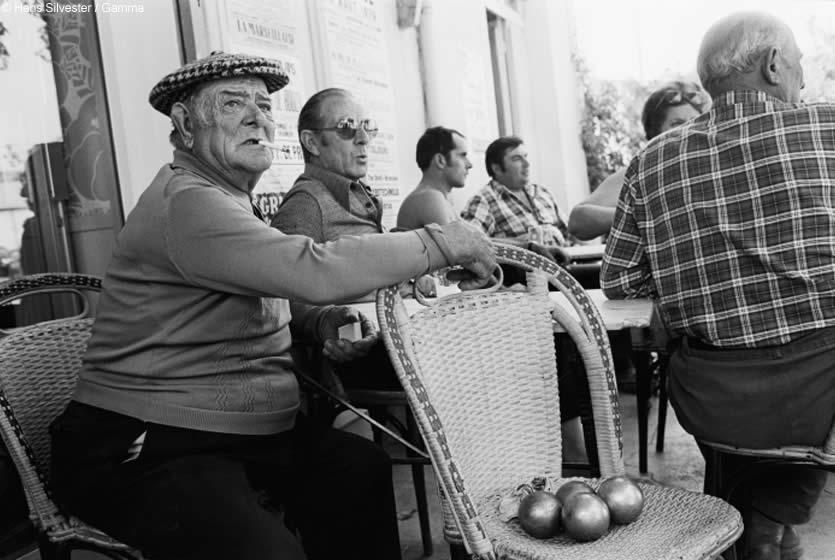
Pétanque players at the bistro
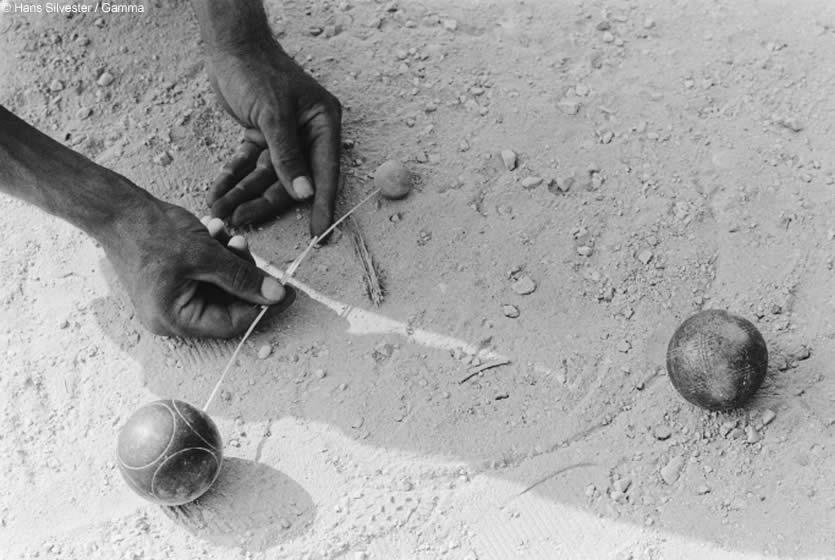
Measuring the distance between the pétanque ball and the jack ball
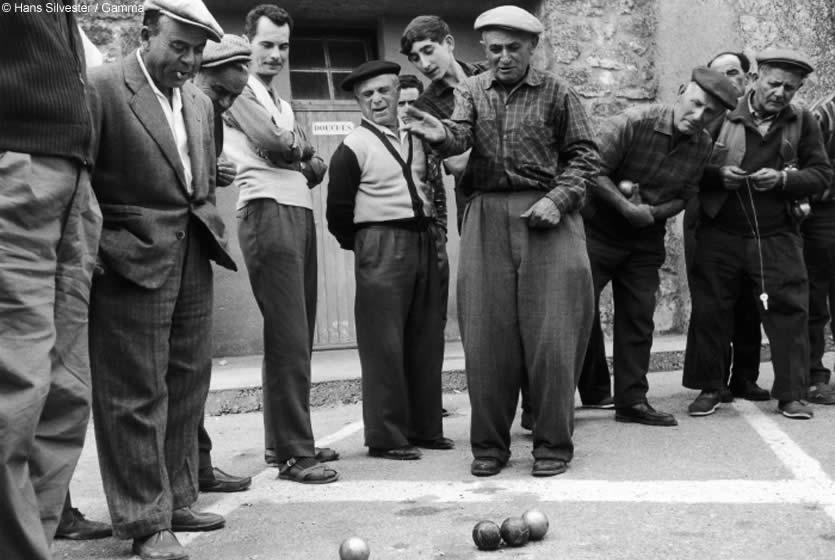
A quite lively game of pétanque
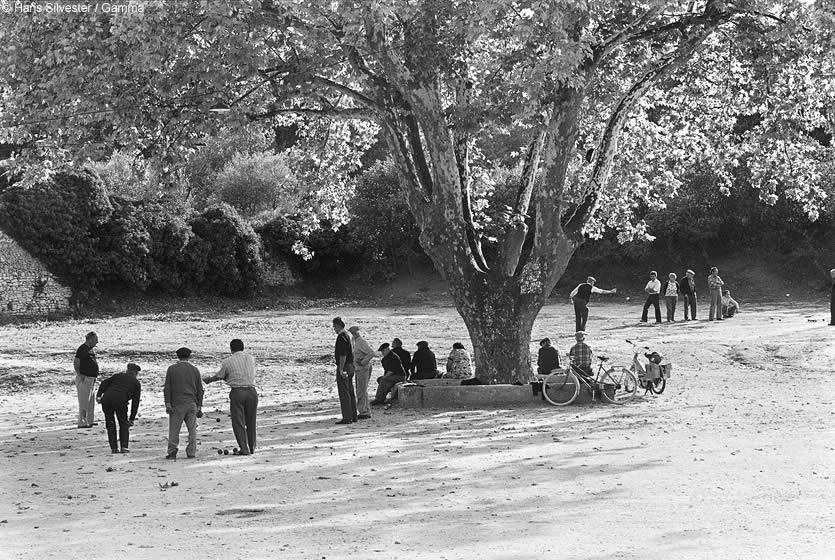
A boules pitch in the shade of a hundred-year-old sycamore
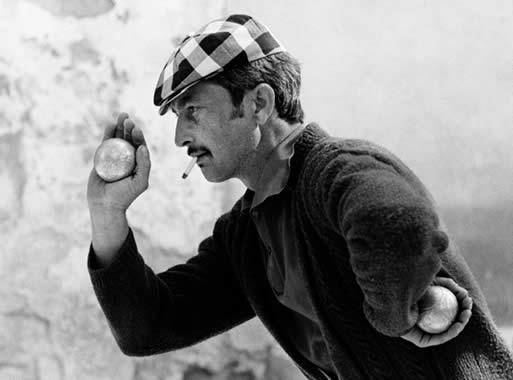
It is also unthinkable to NOT talk about Fanny, or rather "do Fanny", if one day you want to "hit the irons" - ignorance of this custom will greatly amuse your opponents.
The story is often disputed, or rather everyone has their own version.
Let's take the one that comes to us from Lyon, since Pétanque was inspired by a Provençal game, La Longue, successor to the sportboules, aka the Boule Lyonnaise.
The anecdote takes place around 1870. Fanny, a young girl from Lyon, loved – to her parents' great dismay – to watch the boules players vying for points on the pétanque pitch of Clos Jouve. She admired them and they in return loved to see their Fanny come to cheer them on.
The young woman, saddened to see the loser's own sadness, led him off to console him out of view and raised her skirts to show him her buttocks. A true consolation prize!
Let's go back to the origins of the different games of boules and, most of all, the game of Pétanque.
The first game of Pétanque was played in La Ciotat in 1907. Everything started with another story having to do with the Provençal game - a story of a social bond and, above all, one of friendship. A certain Jules Lenoir, suffering from rheumatism, could no longer play La Longue (the Provençal game). The rules were very strict about the number of steps or leaps to take before throwing; perching on one foot demanded an athletic sense of balance.
So it was that this gentleman, happy to get together with his friends for a game, saw himself obliged to play alone in the shade of an old oak tree, while his companions eloquently disputed a match.
Ernest Pitiot, his longtime friend, found this situation awkward and also saw that playing with the two feet joined on the ground - "pieds tanqués" or "pèd tanco" in the Provençal language - did not take anything away from the competition nor the dexterity. And so it was that for the first time, in 1910, the word Pétanque was used.
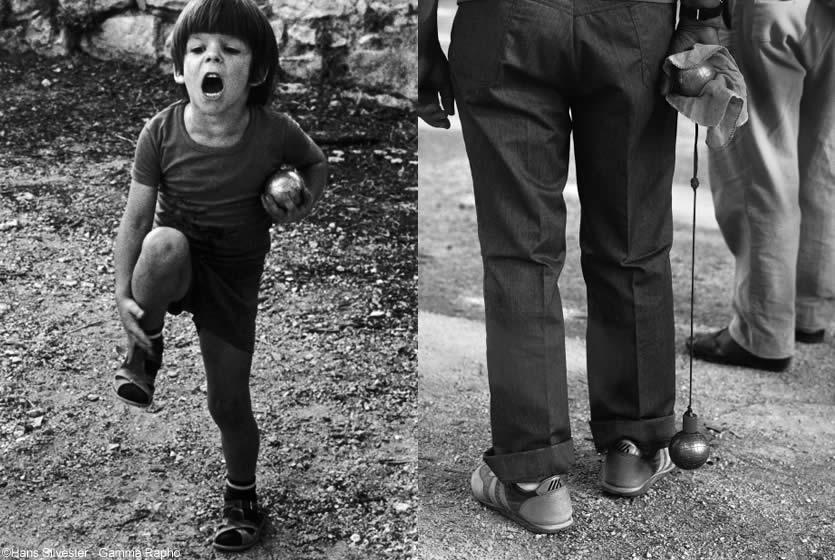
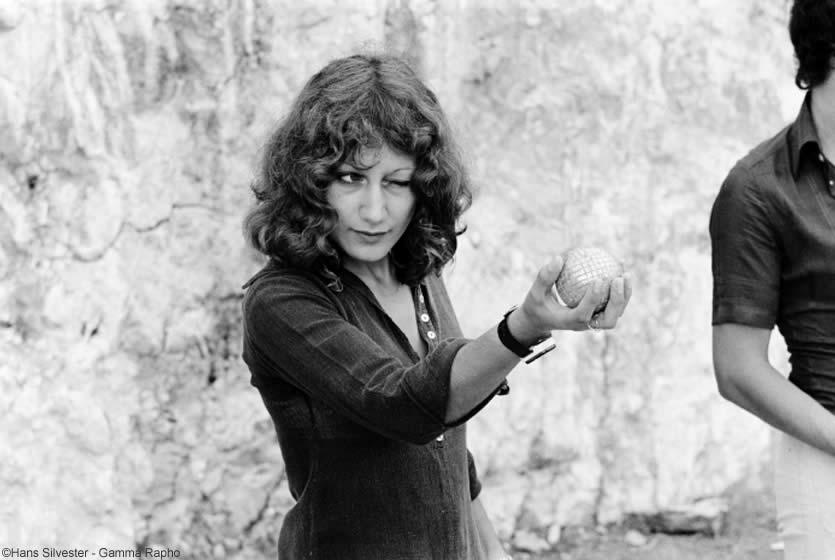
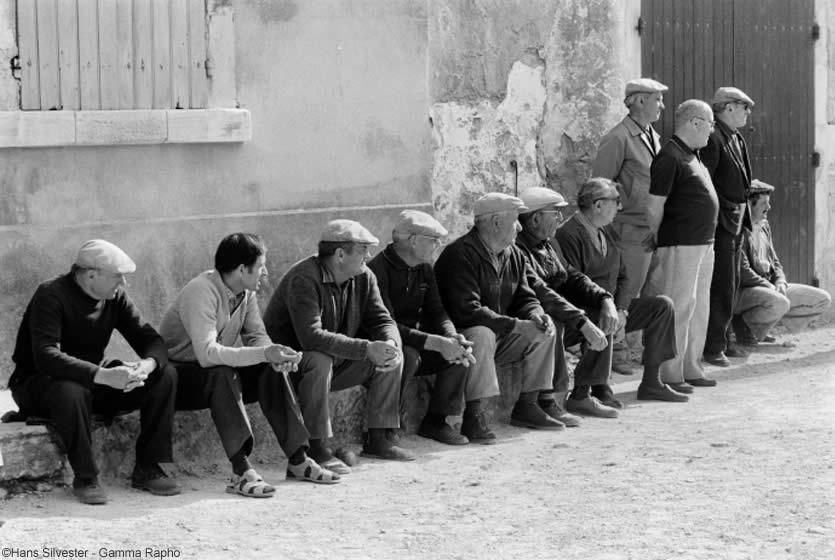
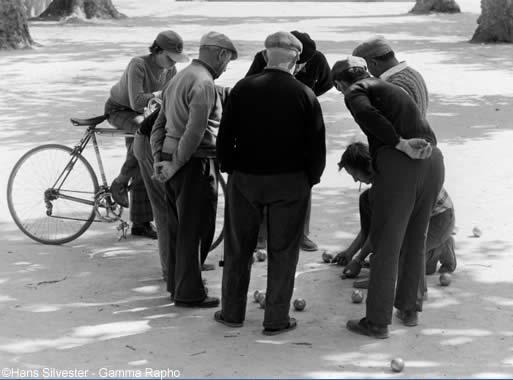
Other accommodations
Vacation rental